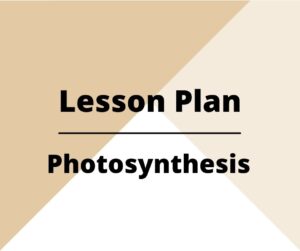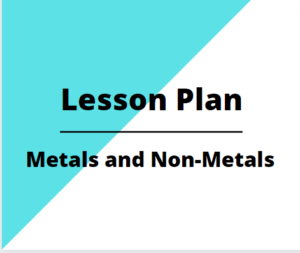The lesson plan is a very important tool for teaching. Today we are going to discuss the lesson plan on Motion: Speed and Velocity
Lesson plan on Motion: Speed and Velocity
| Name of the Teacher: XX Roll No: 00 Class: IX The average age of the students: 14 + years | Subject: Physical Science Lesson Whole: Motion Lesson Unit: Speed & Velocity Duration: 40 Minutes Date: DD/MM/YY |
General Aims
- To create interest in the students to study the subject Physical Science
- To develop a scientific attitude among the students
Specific Objective
- To enable the students to define speed and velocity
- To enable the students to differentiate speed from velocity
Teaching Aids
Blackboard, chalk, duster, chart, and pointer
Step-I Preparation
Motivation: In order to motivate the students the following questions will be asked
| Questions | Expected Answer |
| Are all the vehicles moving fast? | No |
| How does the Tortoise move? | Fast |
| How does a snail move? | slow |
| which is the fastest mode of transport? | Flight |
Announcement
So class, today we are going to learn about “Speed and Velocity
Step-II Presentation
| Teaching Points | Instructional Objectives | Teaching Methods | Teacher’s activity/ Discussion | Blackboard work | Testing-Learning outcomes | Learning Outcomes |
| 1. Speed | Students are able to define speed | Lecture Method | The rate of change of motion is called speed Or The distance travelled by a body per unit of time is called speed Average Speed: The total distance travelled by a body divided by the total time taken to cover this distance | Speed: Distance/Time -The SI unit of Speed is a meter per second –Average Speed: Total distance travelled/Total time taken | 1. Define Average Speed | Students are able to define the speed and velocity |
| 2. Velocity | Students are able to differentiate between velocity and speed | Lecture method | The speed of a body in aspecified directions is called the velocity. OR The distance travelled by a body per unit of time in a definite direction is called velocity. Velocity is a vector quantity because it has both magnitudes as well as direction. | Velocity: Distance travelled in a definite direction/Time taken -Velocity is a vector quantity because it has both magnitude and direction | 2. what is known as velocity and why it is a vector quantity? | Students understand the velocity and their conditions |
| 3. Kinds of velocity | Students are able to classify various kinds of velocity | Lecture Method | a) Uniform Velocity: when a body covers an equal distance in an equal interval of time in a definite direction, the body is said to be moving with uniform velocity. b) Variable Velocity: when a body covers an equal distance in equal intervals of time is called variable velocity. c)Average Velocity: when the velocity of a body is changing continuously at a uniform rate then the average velocity is given by the arithmetic mean of initials and final velocity for a given period of time | -Uniform velocity example: A train running towards the south with a speed of 50km/h. -Example of variable velocity: The motion of the earth moving around the sun. -Average velocity: initial + Final Velocity/ 2 | 3. Explain the various kinds of velocity | Application: Students are able to apply knowledge of speed and velocity in a real-life situation. Skills: Students solve various problems of speed and velocity |
Step-III Recapitulation
In order to test the pupil’s understanding of the lesson just taught, the following question will be asked
- What is speed?
- What is the S.I unit of Speed?
- Why velocity is a vector quantity?
- Define Velocity
- How many types of velocity are there?
- what is average velocity?
Step-IV Remedial Teaching
Remedial teaching will be done if found necessary
Step-V Home Assignment
The following questions will be given for homework
- What do you mean by uniform velocity?
- Define Variable Velocity.
- Write down the Si units of Distance, Speed, and Velocity
Conclusion: Well class, Today we have learned about “Speed and Velocity”. In the next class, we will learn about Motion.
Reference:
NCERT Science Text Book Class IX



